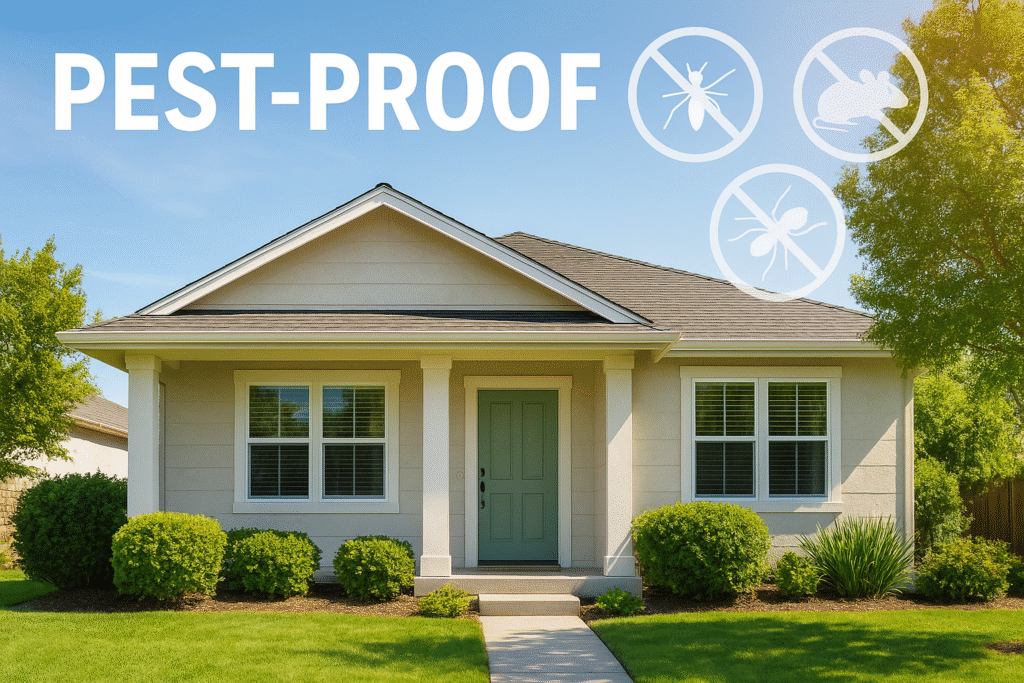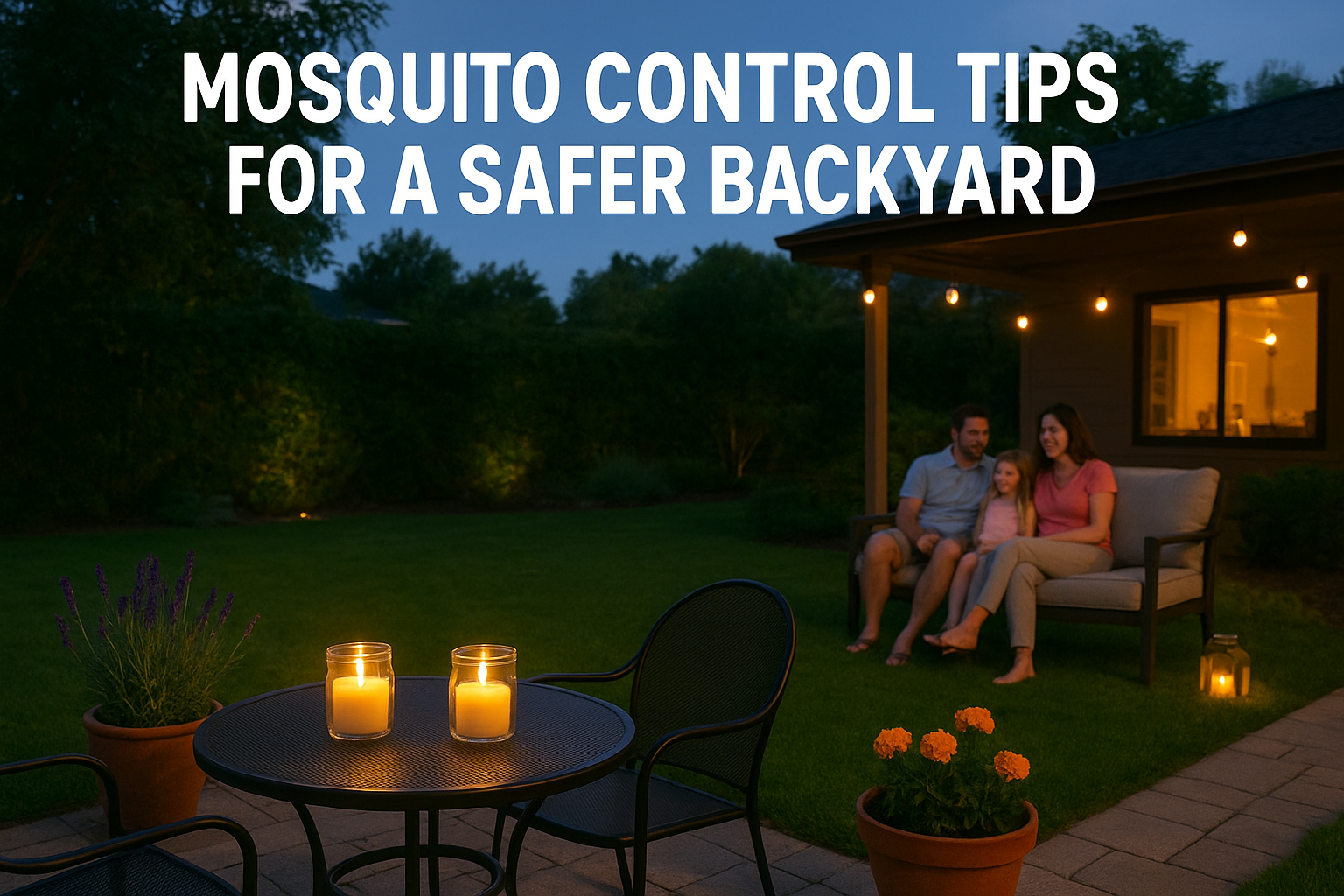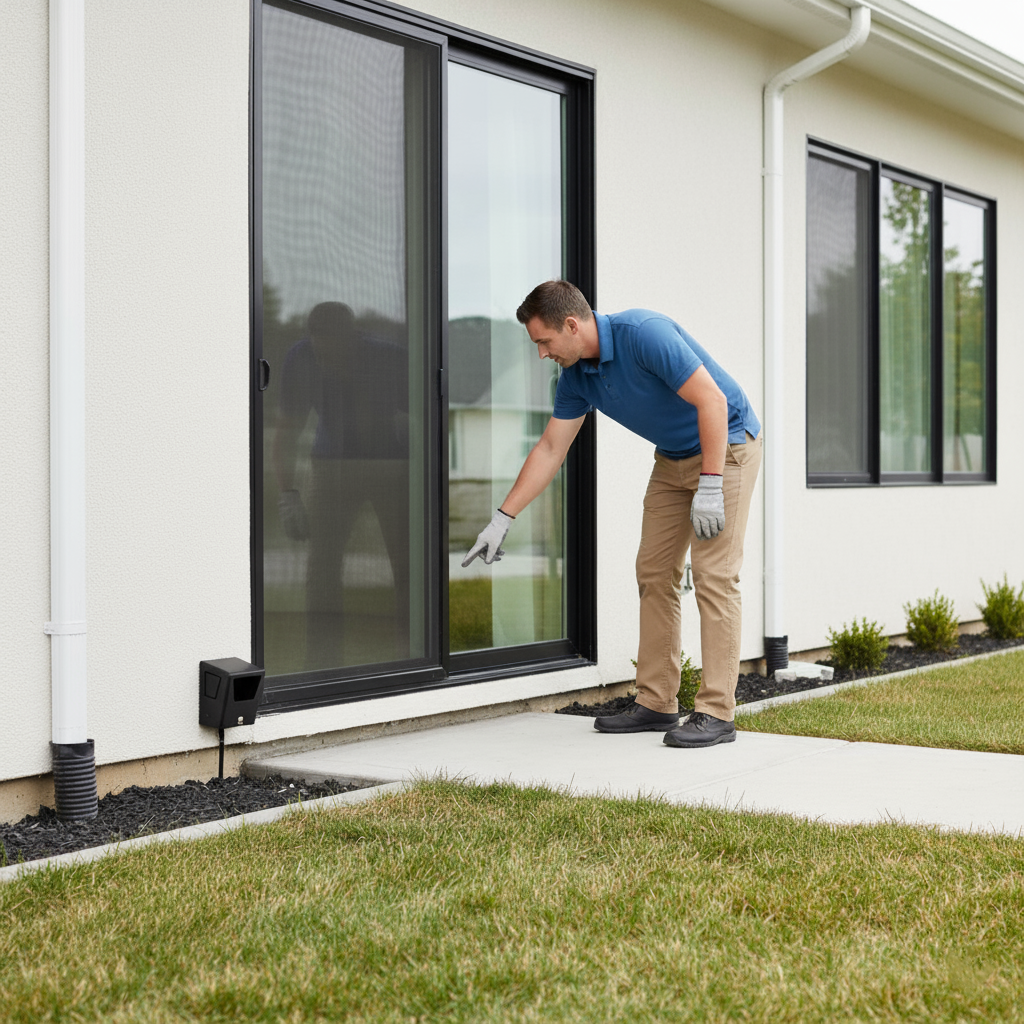How to Pest-Proof Your Home Before Summer
- Pest_Control

Table of Contents
Introduction
Pest-Proof strategies are essential as the warmer months approach. Summer often brings longer days, outdoor activities, and unfortunately, a surge in pests looking for food, water, and shelter. Ants, cockroaches, mosquitoes, and rodents become far more active when temperatures rise, and without proper precautions, they can easily make their way into your home. Preparing now by implementing simple pest-prevention practices ensures that your living spaces stay safe, hygienic, and comfortable all season long.
DIY pest prevention has become increasingly popular as homeowners look for cost-effective ways to keep their homes free of unwanted pests. From ants in the kitchen to rodents in the attic, the temptation to tackle infestations yourself is understandable. However, not all DIY methods are equally effective. In this blog, we’ll explore what works, what doesn’t, and how to make the most of your pest control efforts to keep your home safe, hygienic, and comfortable.
Why Summer Attracts Pests
To successfully Pest-Proof your home, it’s important to understand why infestations spike during summer. The heat accelerates insect reproduction, while increased humidity creates ideal breeding grounds for pests such as mosquitoes and termites. Additionally, open doors and windows allow more opportunities for insects to enter. Food and water sources left exposed also become attractive to rodents and ants. By recognizing these seasonal triggers, homeowners can prepare in advance to reduce risks.
Step 1: Seal Entry Points
One of the most effective ways to Pest-Proof your property is by sealing all possible entry points. Small cracks in walls, gaps under doors, and spaces around windows may seem insignificant, but they are wide enough for pests to crawl through. Use silicone caulking to close crevices, install door sweeps, and check window screens for tears. Don’t overlook utility openings such as pipes or vents, as these are common pathways for rodents and insects.
Step 2: Maintain Cleanliness
A clean home is harder for pests to invade. To Pest-Proof effectively, keep kitchens free of crumbs, wipe down counters regularly, and store food in airtight containers. Trash should be sealed and taken out frequently to prevent attracting cockroaches or flies. Bathrooms and laundry areas should remain dry since damp environments are prime breeding grounds for silverfish and mold-related pests. Establishing a cleaning routine helps eliminate potential lures that pests seek.
Step 3: Eliminate Standing Water
Water is just as critical to pests as food. Mosquitoes, for example, lay eggs in stagnant water, which can quickly lead to infestations. To Pest-Proof your outdoor areas, ensure there are no clogged gutters, empty plant saucers, or neglected buckets that collect rainwater. Inside the home, check for leaky faucets and dripping pipes. Repairing even minor leaks not only reduces water wastage but also minimizes pest activity.
Step 4: Outdoor Pest-Proofing
The battle to Pest-Proof your home begins outside. Trim overgrown shrubs, mow the lawn regularly, and keep firewood stored away from the house. These areas provide hiding places for ants, rodents, and termites that can easily transition indoors. Consider installing outdoor lighting that doesn’t attract insects, such as yellow “bug lights.” Proper landscaping and yard maintenance are your first defense against pests entering your living spaces.
Step 5: Safe Storage Practices
Poor storage habits can undo Pest-Proof measures. Cardboard boxes are notorious for attracting roaches and rodents, so use plastic containers with tight lids instead. Keep pantry supplies elevated and organized to reduce hiding spots. For outdoor storage, make sure garden supplies, pet food, and other organic materials are not left exposed, as these can draw pests quickly.
Step 6: Professional Support
Even with the best Pest-Proof methods, infestations can still occur. Professional pest control services provide inspections, tailored treatments, and long-term prevention strategies. Experts have access to eco-friendly solutions that are safe for families and pets while remaining highly effective against persistent pests. Scheduling seasonal inspections ensures that problems are addressed before they escalate.
Conclusion
Pest-Proof preparations before summer save you from headaches later. By sealing entry points, maintaining cleanliness, eliminating standing water, and caring for outdoor spaces, you can reduce the risk of infestations. Combining these efforts with professional support guarantees a safer, healthier home environment throughout the season. Protect your home now, so you can enjoy a worry-free summer with your family.
Need a professional touch?
Don’t wait until pests take over—stay one step ahead with Blue Diamond’s pest control.



Frequently Asked Questions (FAQs)
What pests are most common during summer?
Ants, mosquitoes, cockroaches, flies, and rodents are the most active during summer due to warm temperatures and increased food availability.
How often should I Pest-Proof my home?
It’s best to Pest-Proof at the start of every season, with extra attention given before summer and winter, when pest activity is at its highest.
Can natural remedies help in Pest-Proofing?
Yes. Citrus peels, peppermint oil, and vinegar can help repel ants and roaches, but they are not as effective as professional solutions for severe infestations.
How do I keep mosquitoes away without chemicals?
Eliminating standing water and installing window screens are highly effective. Additionally, using mosquito nets and planting natural repellents like citronella can help.
Is professional pest control safe for children and pets?
Yes, reputable pest control providers use eco-friendly and non-toxic treatments designed to be safe for both children and pets while effectively keeping pests away.
Share this
Book Your
Service In
30 Seconds
- 30 years of experinece
- Served 40,000+ clients across UAE
- Dubai Municipality Approved
- Eco - friendly products safe for All
- Cost Effective
- 24/7 Customer support
Check out our Recent Blogs
Mosquito Control Tips for a Safer Backyard
Introduction Mosquito infestations are more than just a nuisance—they can pose genuine health risks to your family, pets, and guests....
Rodent Control: How to Keep Rats and Mice Out of Your Home
Table of Contents Introduction Rodent Control is a crucial part of maintaining a safe and healthy home environment. Rats and...



